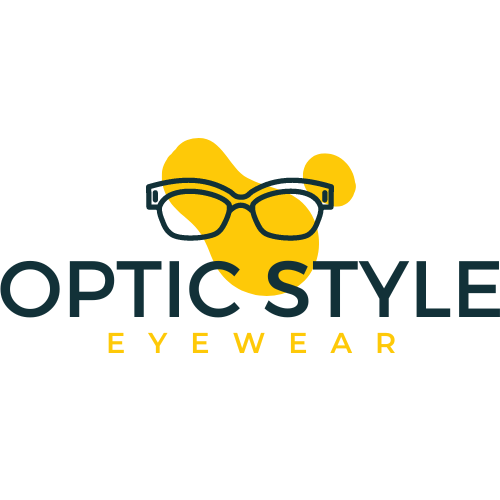Bifocals, trifocals, and progressives are three popular types of eyeglasses that are commonly used to correct vision problems related to presbyopia. Presbyopia is a condition that most people experience as they age, causing a decrease in the eye’s ability to focus on close objects.
Bifocals were invented by Benjamin Franklin in the late 18th century and were the first type of eyeglasses to address multiple vision needs in one lens. Bifocals consist of two distinct areas in the lens: the upper part corrects distance vision, while the lower part is for near vision. This design eliminates the need for individuals to constantly switch between two pairs of eyeglasses for different tasks.
However, bifocals have some drawbacks. The visible line that separates the two lens powers can be distracting and may cause issues when looking through certain angles. Additionally, bifocals only correct two levels of vision and may not be suitable for those who require correction at intermediate distances, such as when working on a computer.
To address these limitations, trifocals were introduced. Trifocals are similar to bifocals but have an additional lens power for intermediate distances. This added lens power allows wearers to have clear vision for tasks such as using a computer or reading a sheet of music. The lens is divided into three main areas: the top for distance, the bottom for near vision, and a smaller middle section for intermediate vision.
While trifocals provide a wider range of clear vision, they still have a visible line separating the lens powers, which can be a cosmetic concern for some individuals. The line may also cause some distortion when transitioning between the different areas of the lens.
Progressive lenses were developed to address the cosmetic and functional drawbacks of bifocals and trifocals. Also known as no-line bifocals or multifocal lenses, progressives feature a gradual transition of lens powers, eliminating the visible dividing line. This provides a more natural and seamless correction for near, intermediate, and distance vision.
Progressives are designed with a corridor-shaped lens, with the distance lens power at the top and the near lens power at the bottom. The intermediate vision power is positioned in the middle section. By simply adjusting their gaze up or down, wearers can easily access the appropriate lens power for their desired focal distance. This allows for a smooth transition between different tasks without the need to switch between multiple pairs of glasses.
One challenge with progressive lenses is adapting to the lens design. Some people may experience a short adjustment period as they learn to navigate the different lens powers. However, most individuals quickly adapt to the progressive design and appreciate the benefits it offers.
In conclusion, bifocals, trifocals, and progressives are all viable options for correcting presbyopia and providing clear vision at different distances. Bifocals provide a basic solution, but they have drawbacks such as a visible line and limited correction options. Trifocals address these limitations by adding intermediate vision correction, but they still have a visible line and potential distortion issues. Progressives offer a seamless and cosmetically appealing solution with their no-line design and smooth transition between lens powers. Ultimately, the choice between these options depends on individual preferences, visual needs, and the advice of eye care professionals.
